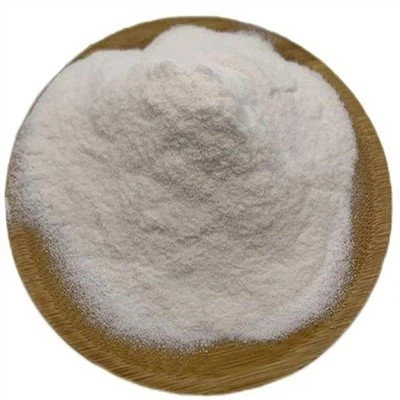Product details
| Typical specification |
1 Nomenclature
Chinese name: 胃膜素
US Pharmacopoeia Name: Gastric mucin powder
CAS Number: 10047-33-3
2 StructureGastric mucin is A gastric acid-resistant glycoprotein extracted from porcine gastric mucosa
3 General Properties
Appearance: white to yellowswish powder
Standard: according to chinese ministry of health drug standard edition 98 section II volume
6 and oue inner tandard
4 Specification :
Items (Standard: USP 40) |
Specifications |
|||
|
Description Appearance and Odour |
White to yellowswish powder |
|||
Viscosity |
>3.0 |
|||
Assay |
Mucin ratio |
73-90% |
||
|
Purity Loss on drying : Residueonignitio Lead/Pb Arsenic/As Mercury/Hg Cadium/Cd |
≤ 5.0%(105℃ 4Hours) ≤ 5.0% ≤ 0.5ppm ≤ 0.5ppm ≤ 0.5ppm ≤ 0.5ppm ≤ 0.5ppm |
Microbial contamination |
|
TAMC |
NMT 10000 CFU/g |
TYMC |
NMT 100 CFU/g |
E. Coli |
Absence CFU/g |
Salmonellae |
Absence CFU /10g |
5 Packaging: Net 25kg/fiber drum with inner-LDPE bag
6 Shelf life and storage: 24 months(not exceeding 30℃,70% RH) , in an airtight container.
4 Gastric mucin powder is a large glycoprotein which is thought to play a major role in the protection of the gastrointestinal tract from acid, proteases, pathogenic microorganisms, and mechanical trauma. In Vitro: Gastric mucin powder may be integrally involved in the mechanism of gastric mucosal injury caused by Helicobacter pylori leading to gastritis, peptic ulceration, and possibly gastric cancer[1]. Gastric mucins are classified into two types based on their histochemical properties. The first is a surface mucous cell-type mucin, secreted from the surface mucous cells. The second is found in deeper portions of the mucosa and is secreted by gland mucous cells, including mucous neck cells, cardiac gland cells, and pyloric gland cells. The unique O-glycans in gastric mucin appears to function as a natural antibiotic, protecting the host from H. pylori infection[2]. Gastric mucin may provide protection to the surface epithelium gastrointestinal tract by scavenging oxidants produced within the lumen; however, it does so at the expense of its viscoelastic properties. Both native and pronase-treated mucin effectively scavenge hydroxyl radical and that the scavenging properties are not significantly different. The effective concentration of mucin required for a 50% reduction in malondialdehyde production is 10 mg/mL for both native and pronase-treated mucin。
Gastric mucin powder may be integrally involved in the mechanism of gastric mucosal injury caused by Helicobacter pylori leading to gastritis, peptic ulceration, and possibly gastric cancer[1]. Gastric mucins are classified into two types based on their histochemical properties. The first is a surface mucous cell-type mucin, secreted from the surface mucous cells. The second is found in deeper portions of the mucosa and is secreted by gland mucous cells, including mucous neck cells, cardiac gland cells, and pyloric gland cells. The unique O-glycans in gastric mucin appears to function as a natural antibiotic, protecting the host from H. pylori infection[2]. Gastric mucin may provide protection to the surface epithelium gastrointestinal tract by scavenging oxidants produced within the lumen; however, it does so at the expense of its viscoelastic properties. Both native and pronase-treated mucin effectively scavenge hydroxyl radical and that the scavenging properties are not significantly different. The effective concentration of mucin required for a 50% reduction in malondialdehyde production is 10 mg/mL for both native and pronase-treated mucin。
http://www.china-naturebio.com/









